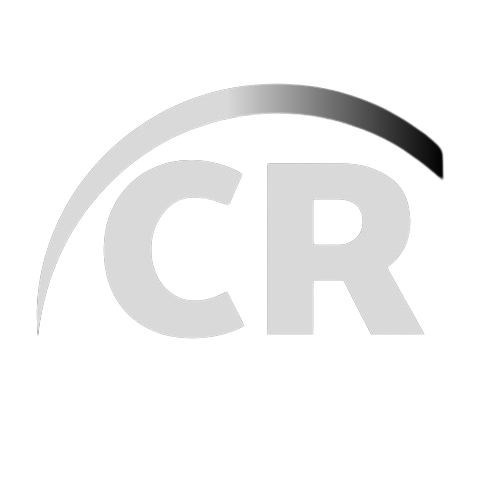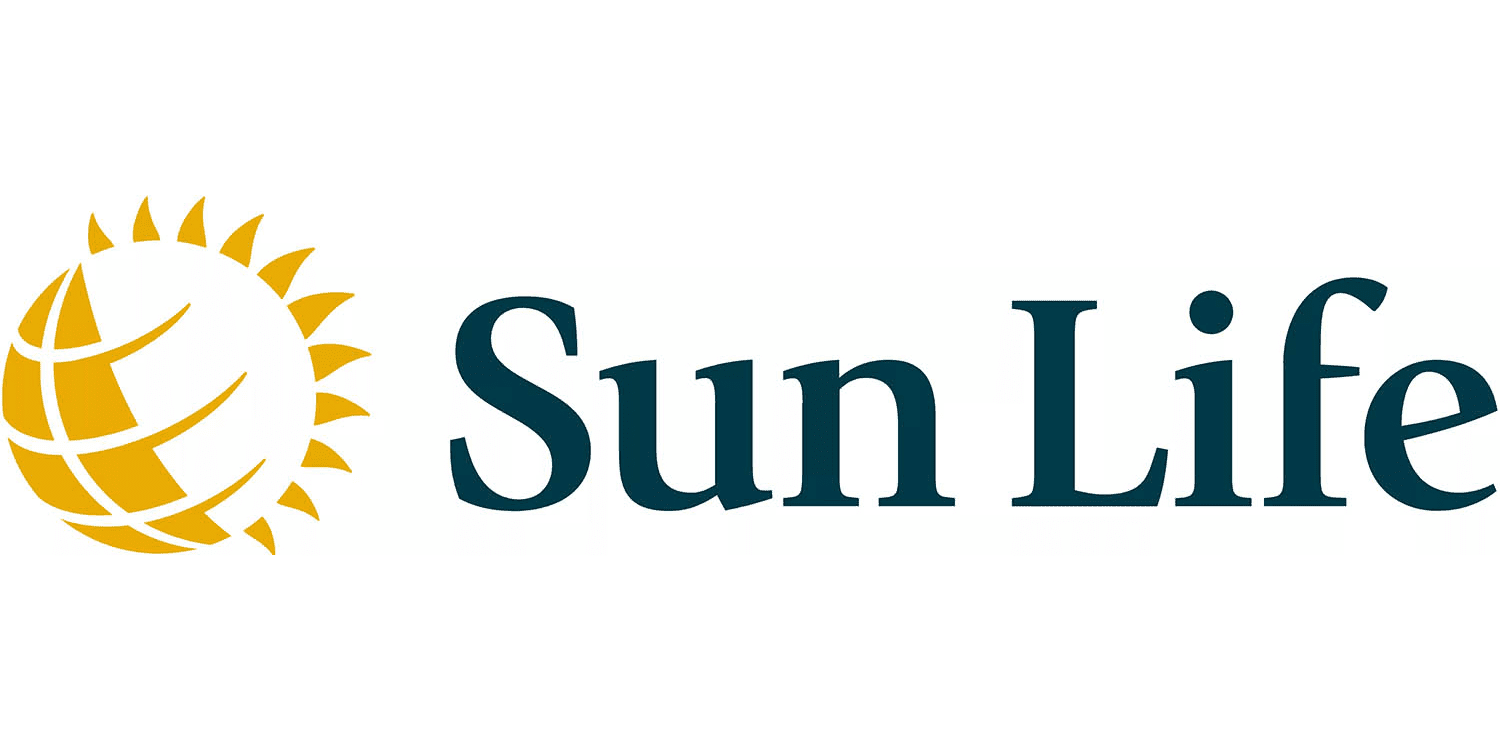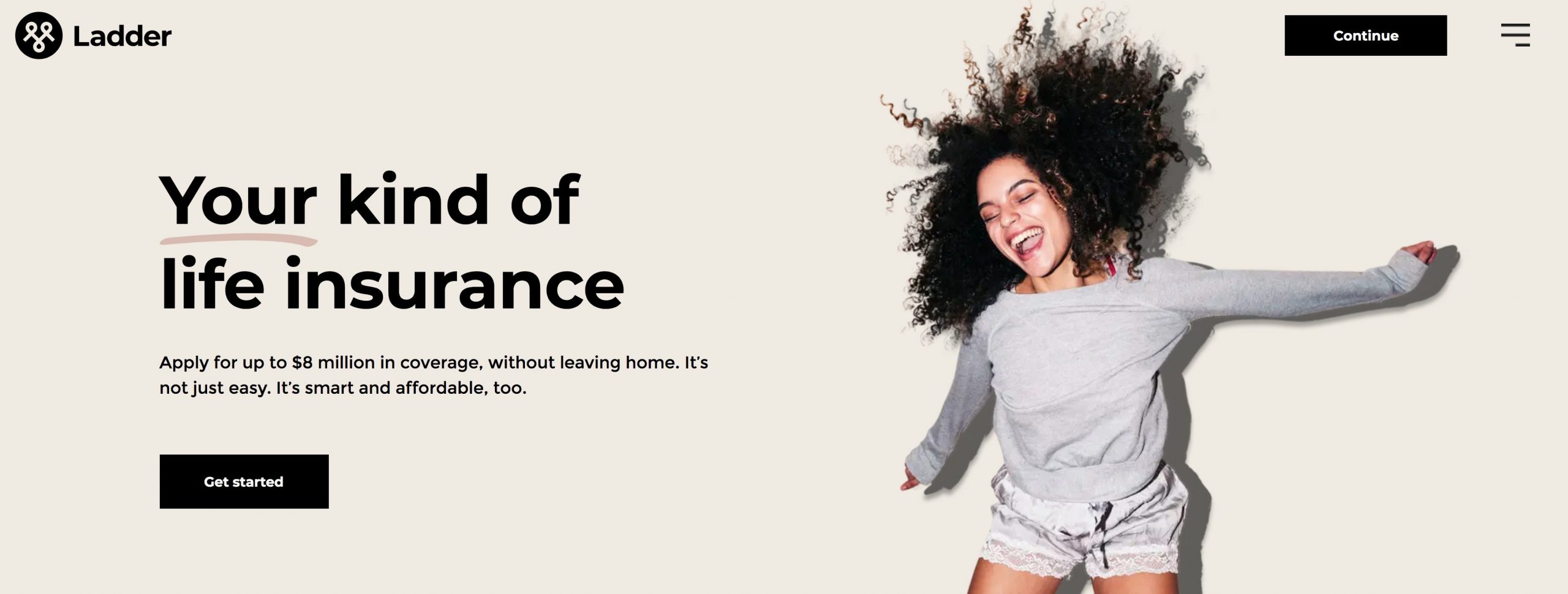Understanding Universal Life Insurance
Universal life insurance (UL) is a type of permanent life insurance that offers flexible premiums, a savings component, and lifetime coverage. It provides a combination of death benefit protection and cash value accumulation, making it a versatile financial tool for many policyholders. This guide explores the features, benefits, drawbacks, and considerations of universal life insurance to help you make an informed decision. Vision Insurance: A Comprehensive Guide 2024

Table of Contents
Sun Life Insurance Claim: A Comprehensive Guide 2024
Sun Life Insurance Claim: A Comprehensive Guide 2024 Navigating the process of filing an insurance c…
Professional Liability Insurance: Best Guide 2024
A Comprehensive Guide to Professional Liability Insurance (Errors & Omissions) Professional liab…
Understanding TATA AIG Insurance: A Comprehensive Guide 2024
Regarding securing the future, nothing stands out quite like insurance. It’s the comforting cushion …
Understanding Ladder Life Insurance 2024: Climbing the Rungs of Financial Security
Ladder Life Insurance: When it comes to securing your financial future and providing for your loved …
Best Guide to Motorcycle Insurance 2024
A Comprehensive Guide to Motorcycle Insurance Motorcycle insurance is essential for protecting rider…
Allstate Car Insurance: Comprehensive Coverage and Benefits 2024
Allstate Car Insurance, one of the largest insurance providers in the United States, offers a range …
What is Universal Life Insurance?
Universal life insurance is a form of permanent life insurance that provides lifetime coverage with a flexible premium structure. Unlike whole life insurance, which has fixed premiums and guaranteed cash value growth, UL allows policyholders to adjust their premium payments and death benefit amounts. The policy also includes a cash value component that earns interest based on current market rates or a minimum interest rate set by the insurer.
Key Features of Universal Life Insurance
- Flexible Premiums: Policyholders can adjust their premium payments within certain limits. This flexibility allows for changes in financial situations over time.
- Adjustable Death Benefit: The death benefit can be increased or decreased (subject to insurability) to meet changing needs.
- Cash Value Accumulation: The policy’s cash value earns interest based on market rates or a guaranteed minimum rate, providing a savings component.
- Lifelong Coverage: As long as premiums are paid, the policy remains in force for the policyholder’s lifetime.
- Policy Loans and Withdrawals: Policyholders can borrow against or withdraw from the cash value, providing liquidity.

Types of Universal Life Insurance
There are several types of universal life insurance, each designed to meet different needs:
1. Traditional Universal Life Insurance
Traditional universal life insurance provides flexible premiums, an adjustable death benefit, and cash value accumulation. The cash value earns interest at a rate determined by the insurer, which may vary but is subject to a minimum guaranteed rate.
- Advantages: Flexibility in premiums and death benefit, guaranteed minimum interest rate.
- Ideal for: Individuals seeking flexible, permanent coverage with a guaranteed interest component.
2. Indexed Universal Life Insurance (IUL)
Indexed universal life insurance ties the cash value growth to the performance of a specific stock market index, such as the S&P 500. This type of policy offers the potential for higher returns than traditional UL, while also providing a minimum guaranteed interest rate.
- Advantages: Potential for higher cash value growth based on market performance, downside protection with a guaranteed minimum interest rate.
- Ideal for: Policyholders looking for potential higher returns with some protection against market downturns.
3. Variable Universal Life Insurance (VUL)
Variable universal life insurance allows policyholders to invest the cash value in a variety of investment options, such as mutual funds. The performance of these investments determines the cash value growth, providing the potential for significant gains or losses.
- Advantages: Potential for significant cash value growth through investment options, flexibility in premiums and death benefit.
- Ideal for: Individuals comfortable with investment risk and seeking higher potential returns.

Benefits of Universal Life Insurance
Universal life insurance offers numerous benefits, making it an attractive option for many individuals and families:
- Flexibility: The ability to adjust premium payments and death benefit amounts provides flexibility to adapt to changing financial situations and needs.
- Cash Value Growth: The cash value component provides a savings element that earns interest and can be accessed through loans or withdrawals.
- Tax Advantages: The cash value grows tax-deferred, and the death benefit is generally tax-free for beneficiaries.
- Policy Loans: Policyholders can borrow against the cash value without incurring taxes, offering a source of liquidity.
- Lifelong Coverage: As long as premiums are paid, the policy provides lifelong protection.
Drawbacks of Universal Life Insurance
Despite its advantages, universal life insurance also has some drawbacks:
- Complexity: UL policies can be more complex to understand compared to term or whole life insurance.
- Premium Increases: If the cash value is insufficient to cover policy costs, premium payments may need to be increased to keep the policy in force.
- Investment Risk (VUL): Variable universal life insurance policies carry investment risk, and poor investment performance can negatively impact cash value and coverage.
- Fees and Charges: UL policies often have higher fees and charges compared to other types of life insurance.
Factors Affecting Universal Life Insurance Premiums
Several factors influence the cost of universal life insurance premiums:
- Age: Younger individuals typically pay lower premiums, as they are considered lower risk.
- Health: Medical history and current health status play significant roles in determining premiums. Healthier individuals usually pay lower premiums.
- Gender: Women often pay lower premiums than men due to longer life expectancies.
- Coverage Amount: Higher death benefit amounts lead to higher premiums.
- Policy Type: Different types of UL policies (e.g., traditional, indexed, variable) have different premium structures.
- Lifestyle: Risky behaviors, such as smoking or participating in hazardous activities, can increase premiums.
- Riders: Adding riders or additional benefits to the policy can increase premiums.
How to Choose the Right Universal Life Insurance Policy
Selecting the right universal life insurance policy involves careful consideration of several factors:
- Assess Your Needs: Determine your financial goals, coverage needs, and budget to choose the appropriate policy.
- Compare Policies: Obtain quotes from multiple insurers to compare premiums, policy features, and benefits.
- Understand Cash Value: Evaluate the cash value growth potential and how it fits into your overall financial plan.
- Review Investment Options (VUL/IUL): If considering a variable or indexed policy, understand the investment options and risks.
- Check Insurer Reputation: Choose a reputable insurance company with strong financial stability and good customer service.
- Consider Riders: Explore optional riders, such as accelerated death benefits or long-term care riders, to enhance your policy.

The Claims Process
Filing a claim for universal life insurance involves several steps:
- Notify the Insurer: Contact the insurance company as soon as possible after the policyholder’s death.
- Complete Claim Forms: Fill out the required claim forms provided by the insurer.
- Provide Documentation: Submit necessary documents, such as the death certificate and proof of identity.
- Insurer Review: The insurance company reviews the claim and may request additional information.
- Approval or Denial: The insurer approves or denies the claim based on the policy terms and documentation provided.
- Receive Benefit: If approved, the death benefit is paid to the beneficiaries, usually as a lump sum.
Common Exclusions and Limitations
Universal life insurance policies often include exclusions and limitations:
- Suicide Clause: Policies typically exclude coverage for suicides within the first two years of the policy.
- Misrepresentation: Providing false or misleading information on the application can result in claim denial.
- High-Risk Activities: Deaths resulting from high-risk activities, such as skydiving or scuba diving, may be excluded.
- War and Terrorism: Some policies exclude deaths resulting from acts of war or terrorism.
Case Studies
Case Study 1: Flexible Premiums for Business Owners
David, a small business owner, opted for a traditional universal life insurance policy with a $1,000,000 death benefit. The flexible premium structure allowed him to adjust his premium payments based on his business’s cash flow, providing financial security for his family without straining his finances during lean periods.
Case Study 2: Indexed Growth Potential for Retirement Planning
Karen, a professional nearing retirement, chose an indexed universal life insurance policy. She was attracted to the potential for higher cash value growth tied to the stock market index, providing her with a potential source of supplemental retirement income while maintaining a death benefit for her beneficiaries.
Industry Insights and Statistics
- Prevalence of UL Policies: According to the Insurance Information Institute, universal life insurance policies account for a significant portion of permanent life insurance sales in the United States.
- Cash Value Utilization: Many policyholders use the cash value of UL policies for various financial needs, such as retirement planning, emergencies, or large purchases.
- Market Performance: The interest rates for cash value accumulation in UL policies are influenced by current market conditions, which can impact the growth of the policy’s cash value.

Conclusion
Universal life insurance is a versatile and flexible financial tool that provides lifelong coverage, adjustable premiums, and cash value accumulation. It offers numerous benefits, including flexibility, tax advantages, and potential cash value growth, making it an attractive option for individuals seeking permanent life insurance. By understanding the key features, benefits, drawbacks, and factors affecting premiums, you can make an informed decision about whether universal life insurance is the right choice for you. Whether for flexible coverage, investment opportunities, or financial planning, universal life insurance offers valuable protection and peace of mind.
Sources
- Insurance Information Institute
- American Council of Life Insurers
- National Association of Insurance Commissioners








1 comment
[…] Understanding Best Universal Life Insurance 2024 […]